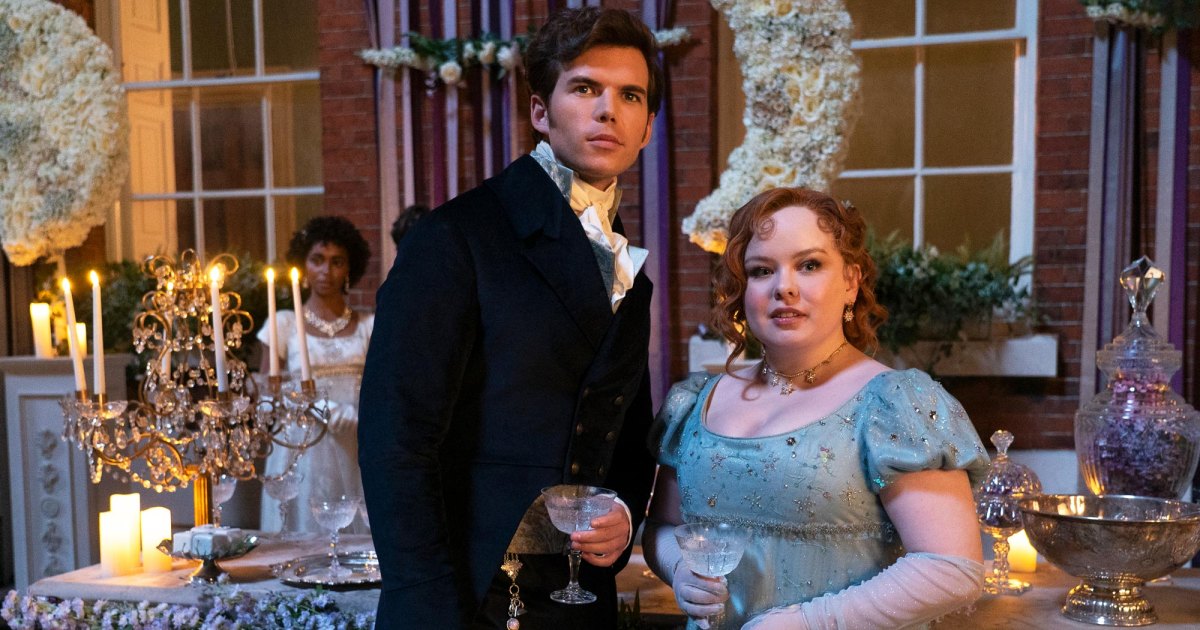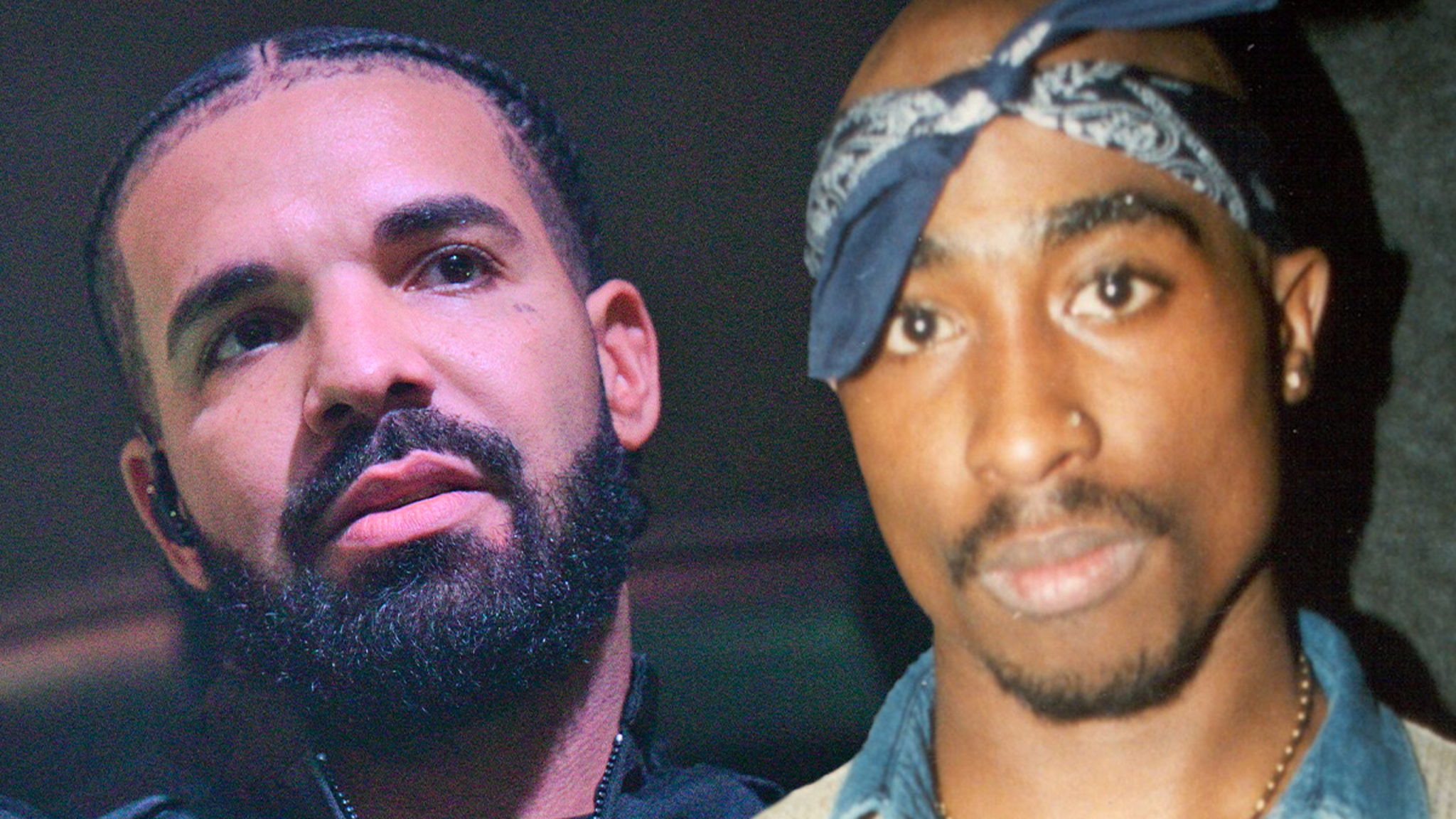Culture
When Richard Serra’s Steel Curves Became a Memorial

After the yelling, the hearings, the lawsuit, the dismantlement, Richard Serra entered the last decade of the last century with his mind cast toward the classics.
He was happy to see the end of the ’80s. The American sculptor, who died Tuesday at 85, got caught up in the Reagan-era culture wars with “Tilted Arc,” a 120-foot plate of curved Cor-Ten steel that sliced across Manhattan’s Federal Plaza. It drew outrage almost as soon as it was installed in 1981. His fellow New Yorkers shouted at him on the street. People called his loft on Duane Street with death threats. (This newspaper, too, was not always kind.) The work was finally removed — in Serra’s estimation, destroyed — in March 1989. You could see the appeal of a trip to Italy.
In Rome, he visited San Carlo alle Quattro Fontane: a chapel designed by Francesco Borromini that’s one of the prizes of Baroque architecture, topped by an oval dome. “The central space is simply a regular ellipse, and the walls that surround it are vertical,” he would later recall. “I walked in and thought: what if I turn this form on itself?”
Back in New York, after consulting with engineers and trying out new computer-aided design software, he created a sculptural form that had not existed before: free-standing plates of weatherproof steel whose top and bottom edges form two identical, misaligned ellipses. The rolled steel weighed some 20 tons, but had a finesse that belied their mass. They had the can-you-top-this confidence of an artist who saw Borromini as his peer, but they were more inviting than Serra’s previous steel works, beckoning you to explore their warmly patinated expanses.
The torqued ellipses, quite literally, shifted the axis of Serra’s career: from solid to space, from process to perception, from the artist’s actions to the viewer’s bodily experience. Their enclosing volumes provided this once controversial, always gruff artist an unexpectedly congenial third act; the ellipses at the Dia Art Foundation in Beacon, N.Y., have become a reliable venue for second dates, an ideal backdrop for cultured flirtation. Whereas for me the ellipses have remained these past decades something more like empty tombs, wedded in my mind to another site of deformed steel, and to the life of an artist who experienced Sept. 11, 2001, with horrible immediacy.
The first three torqued ellipses went on view at Dia’s galleries in Chelsea in 1997. Engineering the bent plates to stand upright turned out to be the easy step; the harder one was getting them fabricated. A manufacturer of submarines told Serra it was impossible. A shipyard in Maryland tried, failed, figured it out, but then closed down. It took years before he found a German steel mill that specialized in turbine and boiler construction that could do the job. Getting them across the Atlantic and into the galleries was its own act of heavyweight engineering.
I should clarify that the phrase “torqued ellipse” is a misnomer. The oval that the steel describes on the floor is a perfectly symmetrical ellipse, of the very same shape and size as the oval above your head when you walk inside the plates. It’s the walls of the sculpture that are torqued. It sounds simple, and the geometric conceit is clear if you look at a bird’s-eye photograph. Yet to this day, when I walk around the cambered walls of each torqued ellipse in Beacon, I’m still never really sure whether the steel wall will start pitching away from me or tilting toward my head. (The year 1997 also saw the opening of another engineering feat of curving metal: the Guggenheim Bilbao, clad in titanium by Serra’s colleague and rival Frank Gehry. Several torqued ellipses live permanently in that Spanish museum, and both the building and sculptures can feel like time capsules from that credulous decade, Cold War behind it, new wars unforeseen.)
Could abstract sculpture be Baroque? Could a shipyard produce a chapel? After all that ’80s uproar, Serra had now beguiled audiences in 1997 with the ellipses’ implausible geometry, their woozy curvature. They seduced with their vermilion surfaces that, in the intervening decades, have oxidized to dark brown. They seemed indifferent to gravity, like Serra’s propped-up lead panels and rolls of the 1960s, though the new works had a more buoyant, Baroque indifference. They corkscrewed like the pretzeled saints in a Rubens altarpiece. Like the dancers Serra saw so frequently at the Judson Church. Or like a collapsed building; perhaps like two.
In September 2001 Serra was finishing preparations for his first New York exhibition since the inaugural display of the torqued ellipses. It would be delayed. “I saw it right from the window,” he’d tell Charlie Rose that autumn, speaking of the first plane he witnessed from his Duane Street loft. “Saw the plane pull up, and then direct itself right toward the center of the building, upper center of the building. Saw the explosion. Saw the fireball. Saw the fire sucked back in. Saw the black cavern. Saw the tail section still burning down to an ash. And then went down on the street, you know, and I saw people jumping…”
He witnessed both of Minoru Yamasaki’s towers crumble that morning, and would remember how their stainless steel cladding blew off the buildings, streaking into the sky. One of Serra’s assistants arrived at his loft coated in white cinders. The trucking crews that were scheduled to move his sculptures to Gagosian went to volunteer at ground zero. Serra stayed downtown, too. “I live here,” he said from Duane Street a week after the attack. “To watch the fire companies march in and know that they weren’t going to march out, you try to assume a normal life, that you can work yourself back into. Otherwise, they defeat you twice.”
Somehow, his exhibition happened. Six new sculptures, including two of the torqued ellipses, went on view at Gagosian on Oct. 18, 2001. Tourism had vaporized, but thousands of New Yorkers flocked to Serra’s enclosures and spirals. The steel, contorted into forms once unthinkable, could produce disorientation when you first saw them, and maybe even fear; then you went inside them, discovered their interiors, and felt something approaching awe. The heavy metal, which Serra’s haters at Federal Plaza had compared to a jailhouse wall, became a site of mourning and solace. The torqued ellipses, abstract as ever, nevertheless took on the functions of the chapel that inspired them: contemplation, consecration, glory, grief.
I was only 18 that autumn. I’d signed up for potential military conscription at the post office on my birthday, while the young administration of President George W. Bush was planning a “war on terror” that Serra would later protest in a furious oil-stick drawing of the hooded prisoner at Abu Ghraib. I came back to New York in October, reviewed the posters of the missing in Union Square, looked down Sixth Avenue to the space where the towers had been. I was only beginning to learn about sculpture, but I knew what everyone knew when I saw Serra’s torqued steel: that artists can speak in ways politicians never can, and that aesthetic freedom was a freedom worth fighting for. Decades on I still feel it when I am in Beacon, gripped in those unintended memorials for the dead of his hometown, as heavy as history, as inevitable as rust.





















